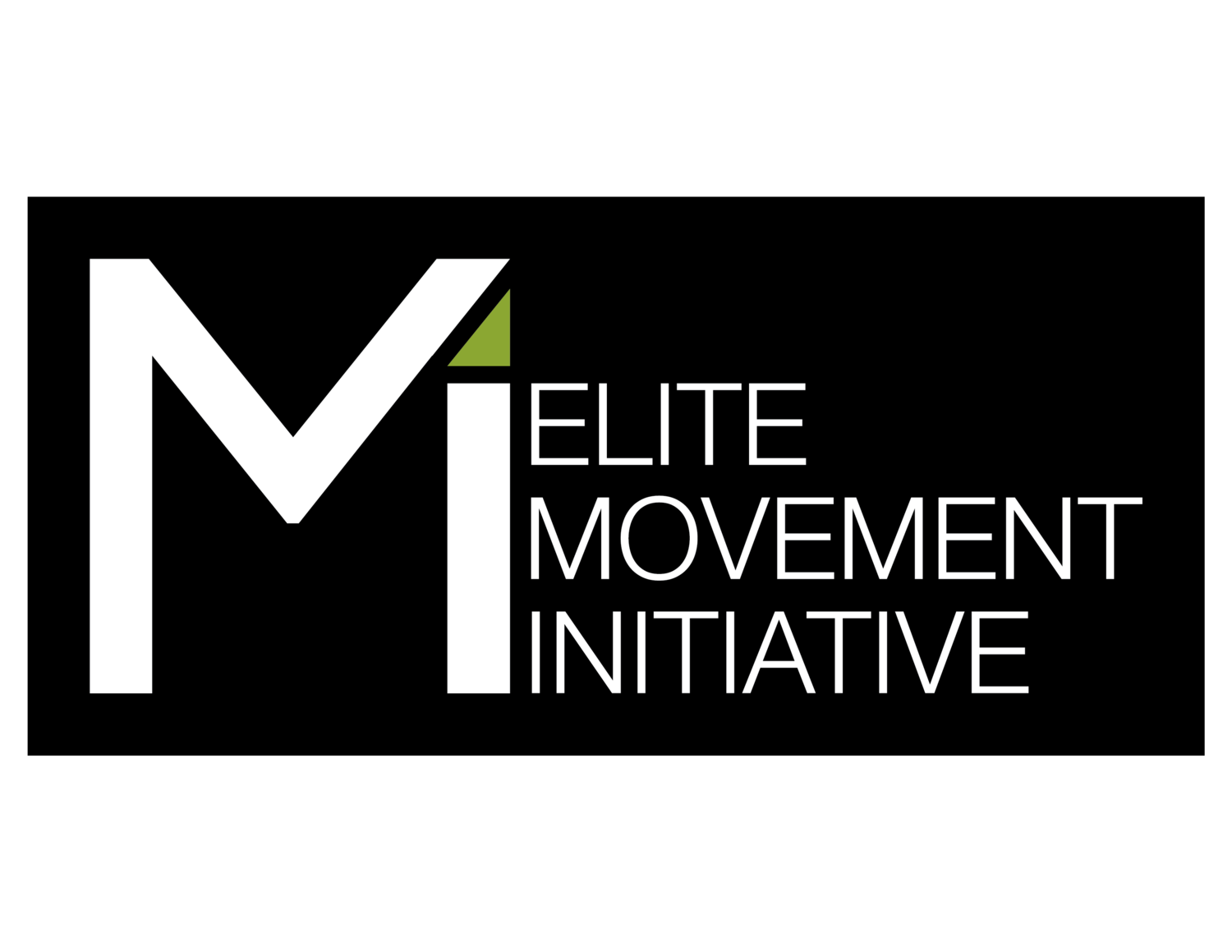Lower Back Pain
Back in Action: Understanding and Managing Lower Back Pain
If you've ever experienced that nagging ache in your lower back, you're not alone. Lower back pain is like the unwelcome guest that overstays its welcome, but fear not – with a little know-how, you can kick it to the curb and get back to living your best life.
What is Lower Back Pain?
Picture this: you're bending down to tie your shoe, and suddenly, you feel a twinge in your lower back. Ouch! Lower back pain can range from a dull ache to sharp, stabbing discomfort in the area between your ribcage and your hips. It's a common issue that affects folks of all ages and walks of life.
How to Diagnose Lower Back Pain?
When it comes to diagnosing lower back pain, it's all about asking the right questions and doing a thorough examination. Here are some steps your healthcare provider might take:
Medical History: They'll ask about your symptoms, past injuries, and any activities that might have triggered the pain.
Physical Examination: They'll check your posture, range of motion, and perform various tests to pinpoint the source of your discomfort.
Imaging Tests: In some cases, X-rays, MRIs, or CT scans may be ordered to get a closer look at your spine and surrounding structures.
Managing Lower Back Pain on Your Own:
While it's always a good idea to consult with a healthcare professional for persistent or severe pain, there are things you can do at home to ease mild to moderate lower back pain:
Stay Active: Gentle activities like walking or swimming can help keep your muscles strong and flexible without putting too much strain on your back.
Stretching: Incorporate gentle stretches into your daily routine to relieve tension and improve flexibility in your lower back and hips.
Heat and Cold Therapy: Apply a heating pad or ice pack to the affected area for 15-20 minutes at a time to reduce inflammation and soothe sore muscles.
Good Posture: Practice good posture when sitting, standing, and lifting to take pressure off your lower back and prevent future pain episodes.
The Power of Physical Therapy:
When it comes to tackling lower back pain, physical therapy is your secret weapon. Here's why:
Individualized Treatment Plans: A skilled physical therapist will assess your condition and create a personalized treatment plan tailored to your needs and goals.
Hands-On Therapy: Manual techniques such as massage, joint mobilization, and stretching can help alleviate pain, improve mobility, and restore function.
Strengthening Exercises: Targeted exercises to strengthen the muscles that support your spine can help prevent future episodes of lower back pain.
Education and Empowerment: Physical therapists provide valuable education on proper body mechanics, ergonomics, and lifestyle modifications to help you manage and prevent lower back pain long-term.
Lower back pain may be a common complaint, but it doesn't have to hold you back from enjoying life to the fullest. By understanding the causes, diagnosis, and management strategies for lower back pain, you can take control of your health and get back to doing the things you love. And remember, your friendly neighborhood physical therapist is always here to help you on your journey to a pain-free back!
